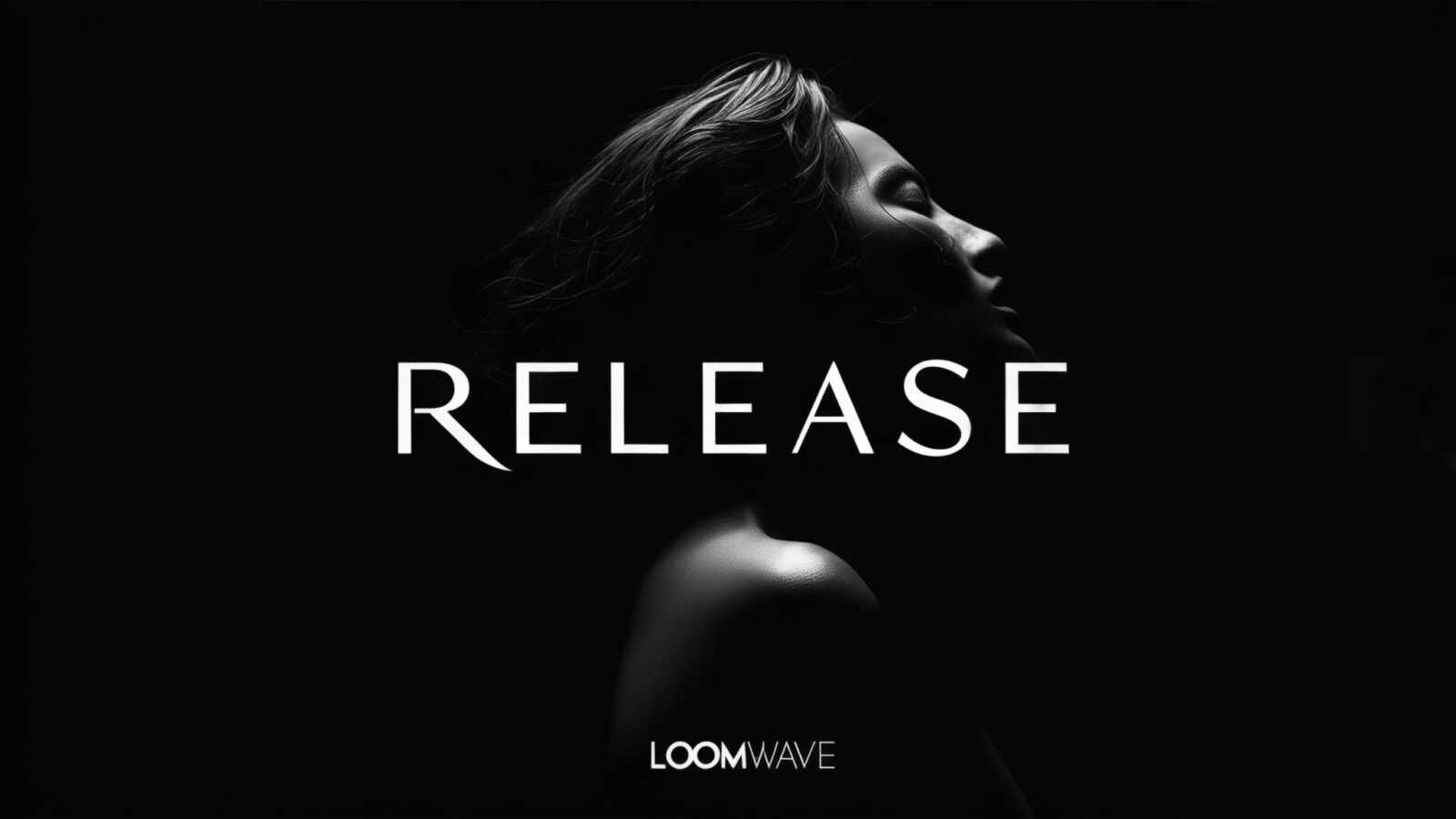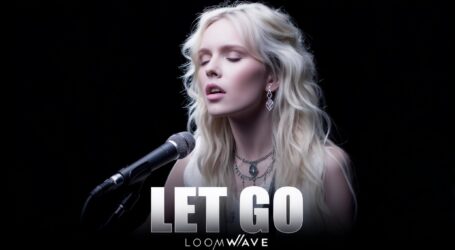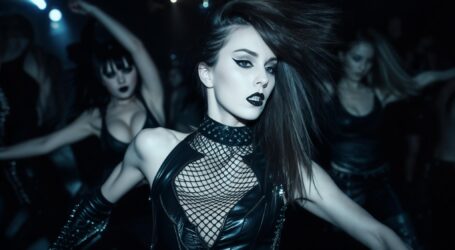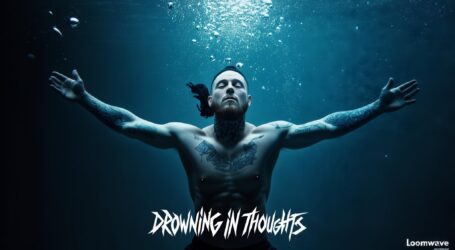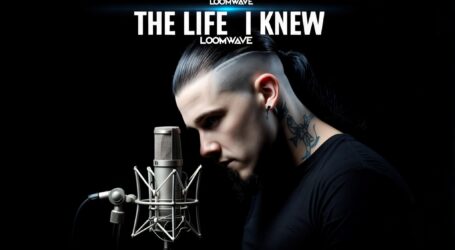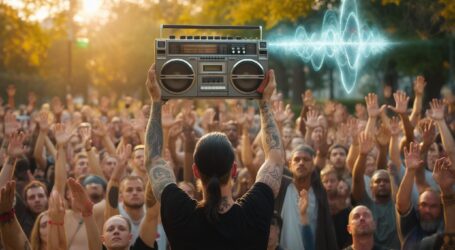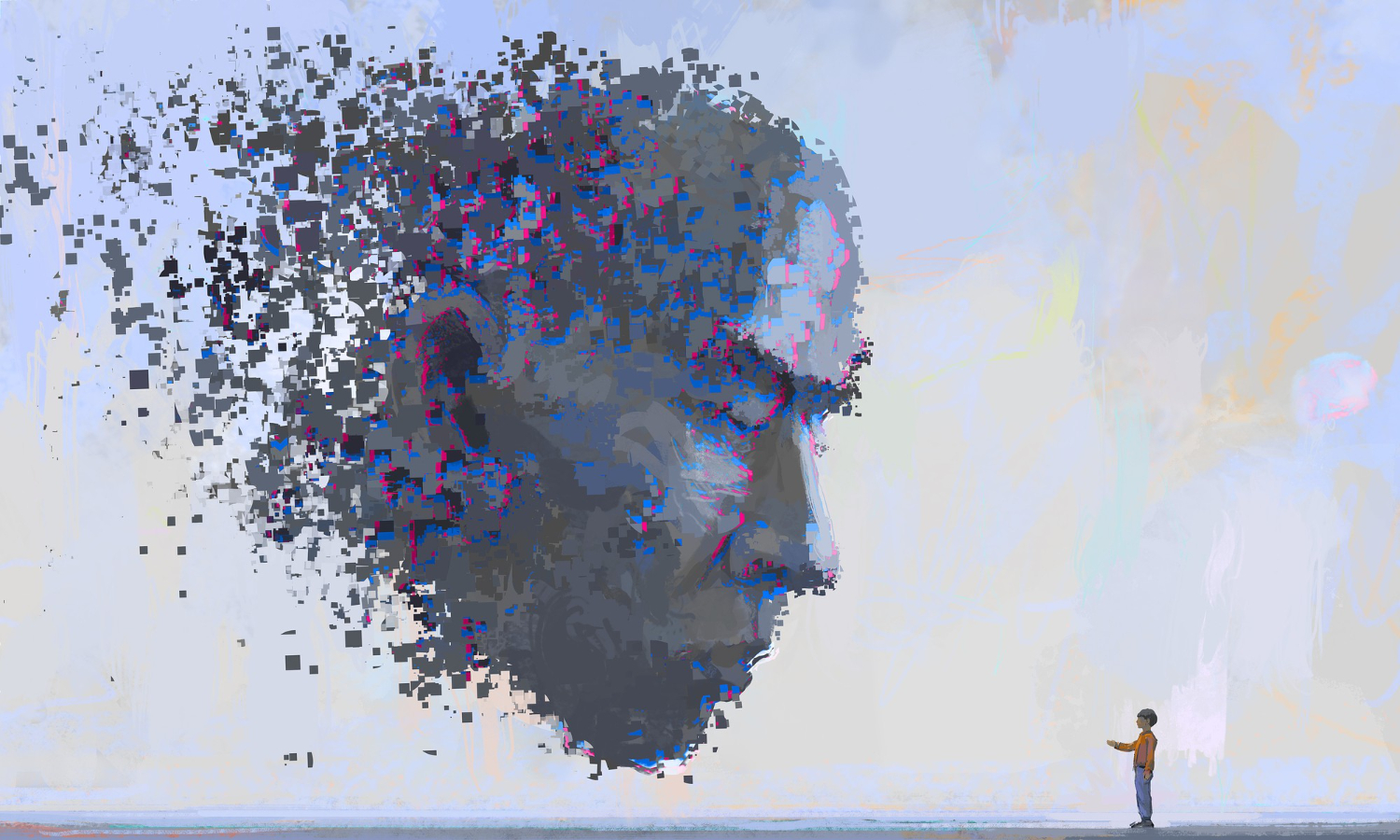Breaking New Ground with Theme-Driven Dance Music
In my ongoing exploration of AI music production, I recently created “Release” – a dance track with an intimate, sensual theme. This project pushed the boundaries of what’s possible with Suno AI by attempting to incorporate specific vocal effects and emotional expressions that aren’t typically part of standard music prompts.
What makes “Release” particularly interesting is its thematic focus on physical intimacy and emotional release – bringing a mature, sensual element to EDM that adds depth beyond the typical party atmosphere. The process of creating this track revealed interesting challenges in directing AI to generate specific vocal expressions while maintaining musical quality.
Starting with Claude-Generated Lyrical Concepts
The foundation for “Release” began with previously generated dance music lyrics and prompts from Claude AI. I had a specific vision for this track – a dance song centered around the theme of intense physical pleasure and emotional release. With these lyrical concepts as my starting point, I was ready to bring the track to life through Suno.
The lyrics explored the sensations and emotions of reaching a climax, with a focus on liberation and intensity that I felt would pair perfectly with the energetic drops and builds characteristic of dance music. This thematic approach provided a clear creative direction while allowing enough flexibility for Suno to work its magic on the musical elements.

Navigating Suno’s Interpretation Challenges
The production process quickly revealed an interesting technical challenge. I wanted the track to include “heavy breathing” and other vocal expressions that would enhance its sensual theme. To communicate this to Suno, I initially included these directions in curly brackets within my prompts – a common format for special instructions.
However, I discovered that “Suno interpreted that as lyrics” – essentially singing the directions rather than using them as guides for vocal performance. This required some creative problem-solving and multiple iterations of my approach.
After several unsuccessful attempts, I decided to “ask ChatGPT to create lyric versions that would eliminate Suno interpretations.” This collaborative approach between different AI systems – using ChatGPT to help optimize prompts for Suno – highlights the evolving landscape of AI music production, where knowing how to work with multiple tools becomes a vital skill.
Through persistent experimentation, I “kept testing until I was able to get to a point where Suno would interpret some of those instructions” correctly. Though not perfect, I reached a workable compromise where only “in the chorus that it included instructions as lyrics, as a softer repeat of the words.” Since this was limited to “two words” that didn’t disrupt the overall flow, I decided to “just kept it in” as part of the final composition.

Refining Through Multiple Versions
As with most of my AI music projects, creating multiple versions was essential to finding the perfect balance of elements. For “Release,” I generated “about six versions” in total, carefully evaluating each for its strengths and weaknesses.
Among these variants, two emerged as strong contenders:
- A version that successfully incorporated “the panting and the orgasmic sounds that I wanted” but was ultimately “too slow” and “wasn’t the best version” rhythmically for the dance genre
- A more up-tempo alternative that was “two and a half minutes long” and “sounded really catchy for a dance song”
After comparing both options, I chose the latter for its superior dance rhythm and catchiness, even though it meant sacrificing some of the vocal expressions I had initially envisioned. This decision-making process highlights the importance of prioritizing what serves the music best, sometimes letting go of original ideas when better alternatives emerge.
Creating Visual Identity with Luma
With the audio component finalized, I moved on to creating visual elements using Luma’s AI image generation. The sensual theme of the track presented interesting creative considerations for the album artwork.
My initial explorations included generating some more explicit imagery, noting that “I got some nudes to be created” through Luma. I even attempted to modify these by adding “a white bikini top on one of the models that was nude” to make them more appropriate for public platforms.
However, after careful consideration, I “didn’t want to stick with those images” – recognizing that the essence of the song could be captured without explicit visual elements. Instead, I “ended up sticking with a nice image of a female’s head portrait on a black background” that maintained the sensual theme while being tasteful and platform-appropriate.
This visual had excellent text integration as well, with the song title being “quite large and visible” – an important consideration for thumbnail clarity on streaming platforms like YouTube.

Technical Production Challenges
The production process also involved some unexpected technical hurdles. While working on my laptop rather than my usual setup, I realized “I don’t have VSDC video editor” installed. This required downloading the software and addressing storage issues before I could proceed.
I “had to free up some space” by “removing items that were assumed to be in the cloud but were on my computer.” After clearing about “a gigabyte of space” by deleting these “phantom files,” I successfully installed VSDC Video Editor and could continue with the production process.
This experience highlights the importance of technical flexibility in creative workflows – being able to adapt to different hardware configurations and troubleshoot issues as they arise is essential for maintaining productivity.

Final Production Steps
Once all components were ready, I completed the project through a streamlined production pipeline:
- Finalized the album cover design featuring the female portrait on black background
- Remastered the audio to optimize sound quality across different playback systems
- Imported both elements into VSDC Video Editor
- Created the final video with synchronized audio and visual components
- Exported the completed video for upload to YouTube
By 5:50 a.m., the entire project was ready for distribution – representing approximately “an hour and a half” of focused creative work from concept to completion. This efficiency demonstrates how AI tools can accelerate music production while still allowing for detailed artistic direction and multiple iterations.
Lessons in AI-Directed Vocal Performance
One of the most valuable insights from creating “Release” relates to directing AI systems to generate specific vocal performances beyond just lyrics and melody. Traditional music production with human vocalists would involve direct communication about desired expressions and emotional qualities, but with AI, this requires more nuanced approaches.
The challenge of getting Suno to incorporate “heavy breathing” and other expressive vocalizations without treating these instructions as literal lyrics reveals both the current limitations and potential of AI music tools. Through creative problem-solving and persistence, I found at least partial solutions, suggesting that as these technologies evolve, we’ll likely see more sophisticated ways to communicate performance direction.
This experience provides valuable lessons for other AI music producers working with vocal-heavy genres:
- Test different instruction formats – What works in one prompt structure may not work in another
- Use multiple AI systems collaboratively – Leveraging ChatGPT to optimize prompts for Suno demonstrated the value of cross-platform approaches
- Accept workable compromises – When perfect interpretation isn’t possible, evaluate whether small imperfections (like two instruction words in a chorus) are acceptable
- Generate multiple versions – Creating six variations provided enough options to find a satisfactory balance of elements
- Prioritize musical quality over concept purity – Choosing the catchier version over the one with more vocal expressions exemplifies putting the music first
Future Explorations in Emotional Expression
Creating “Release” has opened up interesting possibilities for future projects exploring how AI music tools can capture and convey specific emotional and physical states. The partial success in incorporating sensual vocal expressions suggests that with continued experimentation and evolving AI capabilities, even more nuanced emotional content may become possible.
For my next projects, I might explore:
- Different prompt structures for communicating performance direction
- Ways to blend AI-generated vocals with samples or manually edited expressions
- Techniques for achieving specific vocal timbres and textures through more precise prompting
- How different musical genres might be better suited to particular types of emotional expression
The journey of creating “Release” demonstrates that while current AI music tools have certain limitations, creative problem-solving and persistent experimentation can push these boundaries and achieve results that come surprisingly close to the creator’s vision.
If you enjoyed this breakdown of my creative process, be sure to check out “Release” on my YouTube channel Loomwave and explore my other AI music productions on the Diary of a Mad Chaos website.

Diary Of A Mad Chaos is a daily diary written from March 1996 until today, of which individual books and book series have been created, namely “The Lost Years” an exploration of young, entwined love, the “Wubao In China (猎艳奇缘)” book series which provides an extensive comparative analysis of the cultural differences between Eastern and Western societies, and the book titled “Foreigner (华人)” an exploration of race relations in Australia.


